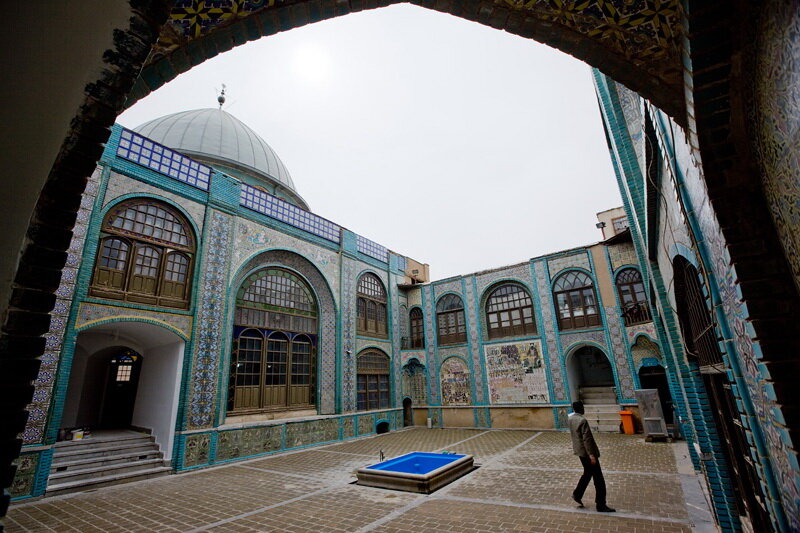30 restoration projects underway in Kermanshah province
30 restoration projects underway in Kermanshah province
TEHRAN - Kermanshah, a western Iranian province rich in cultural heritage, is undertaking 30 projects aimed at preserving historical sites and enhancing tourist facilities.

Speaking to ISNA, the provincial tourism chief Dariush Farmani said the majority of projects focus on the restoration of Kermanshah's historical urban fabric, particularly the traditional market area.
Citing an example, the official referred to the restoration and reinforcement of key sections of the traditional bazaar of Kermanshah, including the renovation of the bridge intersecting the wholesalers' market. “This project is being executed in collaboration with the regional water authority.”
Another noteworthy initiative is the dehumidification of the historical Takieh Moaven al-Molk, a site that has suffered from moisture damage for years. "The problem of moisture seeping into the walls and floors of Takieh Moaven al-Molk, due to its proximity to the Abshouran River and high groundwater levels, has been a long-standing issue," explained Farmani.
A specialized study by a local consulting firm culminated in a plan to drill drainage wells beneath the structure, which are interconnected to redirect water away from the site, permanently addressing the issue.
In addition to these significant projects, part of the dedicated funding will be used to upgrade tourist infrastructure, such as the renovation of public facilities in areas frequented by Arbaeen pilgrims.
Other ongoing restoration projects include the mausoleum of Malek in Sonqor, the Khanqah in Paveh, the rock tombs in Ravansar, and several historic sites in Kermanshah, including the Malabashi Bathhouse, Haj Akbari House, and Takieh Biglarbeigi.
Further projects are underway to restore historic mosques in the UNESCO-registered Uramanat region, rehabilitate the Sasanian-era water canal and the Khosrow castle in Qasr-e Shirin, and preserve the ancient and nationally registered Chinar tree in Paveh.
Elsewhere in his remarks, the official underlined enhancing Kermanshah’s tourism appeal by developing infrastructure at key tourist sites, such as the UNESCO-listed Bisotun, the national site of Taq Bostan, and popular tourist areas like Vis Gharan, Cheshmeh Rizeh in Salas-e Babajani, and Cheshmeh Zangi.
Set against the backdrop of the Zagros Mountains, Kermanshah is a region celebrated for its profound historical and cultural significance. It has been an important center of civilization since ancient times.
AM
source: tehrantimes.com